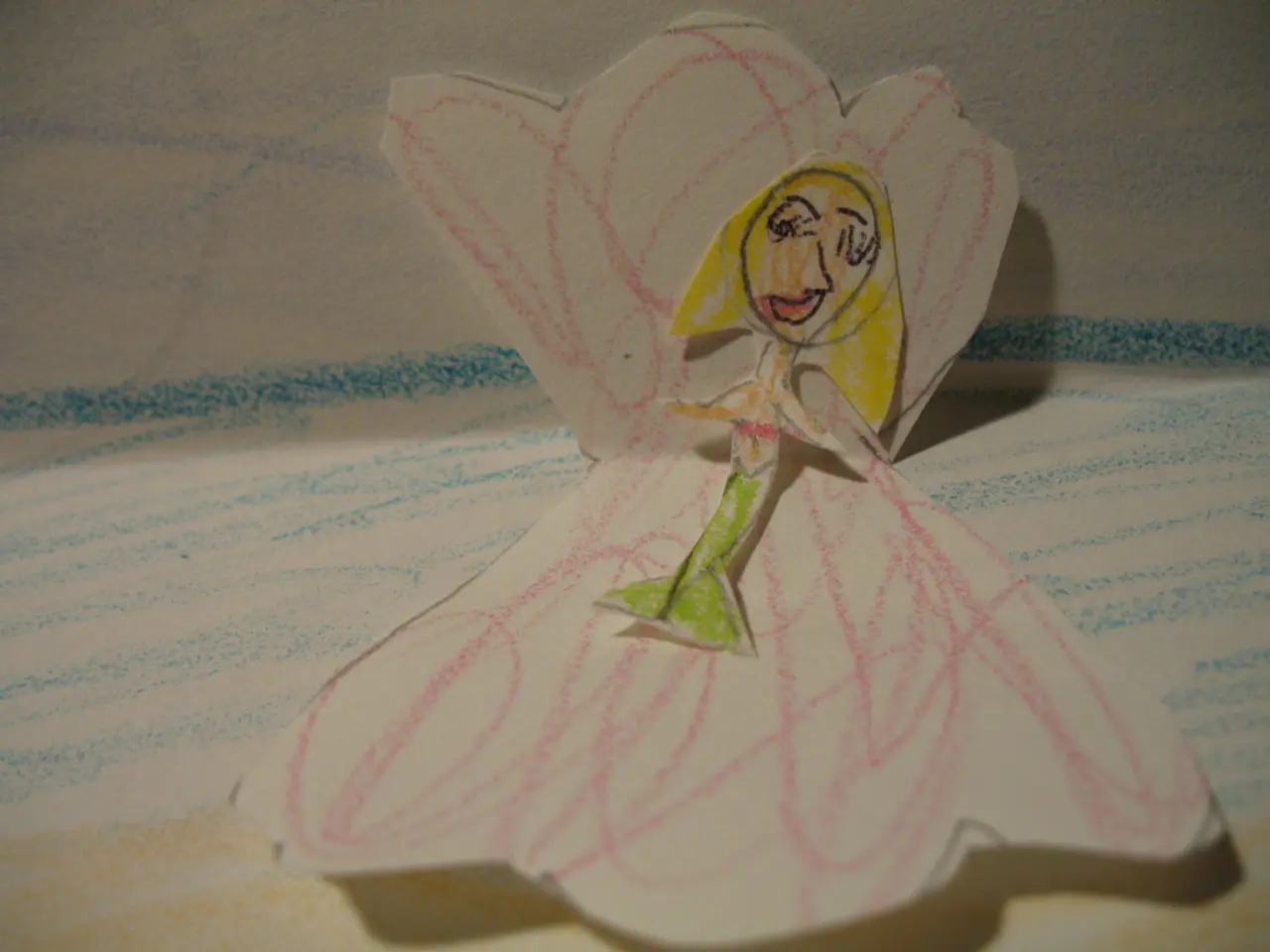Mastering Fashion Artistry: Enjoyable Guide to Sketching Apparel for Everyone
Fashion sketching is a valuable skill for bringing clothing ideas to life on paper. For beginners, essential tips include using the right materials, practicing specific techniques, and being mindful to avoid common mistakes.
Materials
Start with basic pencils suitable for sketching, such as HB, 2B, or charcoal pencils, which offer a range of shading possibilities. Use erasers like kneaded erasers for gentle corrections and creating highlights, and vinyl/plastic erasers for sharper, precise corrections. Employ blending tools such as blending stumps or soft tissues to smooth shading and create texture in sketches.
Techniques
Begin your sketches by drawing basic shapes (circles, trapezoids, rectangles) before adding details. This builds a strong structural foundation for the figure or garment. Learn to hold your pencil correctly—near the tip for detailed lines, and more loosely for shading strokes, allowing expressive and varied marks.
Focus on proportions by practicing a basic croquis (the simplified human figure outline) to get the correct body dimensions for your fashion figures. Progress from sketching outlines to adding shading and texture to give form and perspective to your sketches. Experiment with draping techniques (pinning fabric on a form) for understanding how fabric moves and behaves, which informs more realistic sketch details.
Common Mistakes to Avoid
Jumping into details too early without mastering basic shapes and proportions leads to inconsistencies in the sketch. Holding the pencil too stiffly causes stiff or unnatural lines. Ignoring fabric grain lines when working on fabric folds and textures can create disjointed garment sketches. Starting with detailed areas while leaving other sections blank results in a disjointed drawing without balance.
By focusing on mastering foundational shapes, using appropriate sketching materials, and practicing body proportions and textures, beginners can improve their fashion sketches effectively while avoiding common pitfalls.
This approach helps achieve expressive, well-structured fashion illustrations that accurately communicate design ideas. Thicker paper, like 80-100 lb (120-150 gsm), is best when working with wet media, such as markers and gouache. Some artists prefer marker paper because it prevents ink from spreading, while others like using mixed-media sketchbooks.
Light shading around folds adds depth and makes the fabric look more real. Using pencils with different hardness can improve texture effects. Hairstyles and faces help express the mood and theme of the design. Exploring different illustration approaches can help fashion sketches look soft, airy, modern, or structured.
Using a colorless blender marker helps smooth shadows and highlights. Sketching helps beginners turn simple concepts into clear and creative designs by learning to draw basic fashion figures and outfits. Participating in fashion sketch challenges encourages consistent practice and helps artists develop their unique voice.
Using a simple body template or croquis can help keep proportions accurate. Pens like fine liners in sizes 0.1 mm to 0.5 mm help add clean, detailed lines. Coloring and shading methods can affect the whole feeling of a sketch, with flat colors keeping the design simple and focused on shape, and shading showing fabric texture and depth.
Showing these differences helps viewers understand the fabric's weight. Proportion is key in fashion sketching, and the "eight-heads" rule can help create elongated, stylish figures that look natural.
- To create expressive fashion illustrations, start with basic pencils like HB, 2B, or charcoal pencils that offer a range of shading possibilities.
- Master the correct proportions by practicing a basic croquis, focusing on body dimensions for your fashion figures.
- Use blending tools such as blending stumps or soft tissues to smooth shading and create texture in sketches.
- Experiment with different illustration approaches to make fashion sketches look soft, airy, modern, or structured.
- Participating in fashion sketch challenges helps artists develop their unique voice, encouraging consistent practice to turn simple concepts into clear and creative designs.




